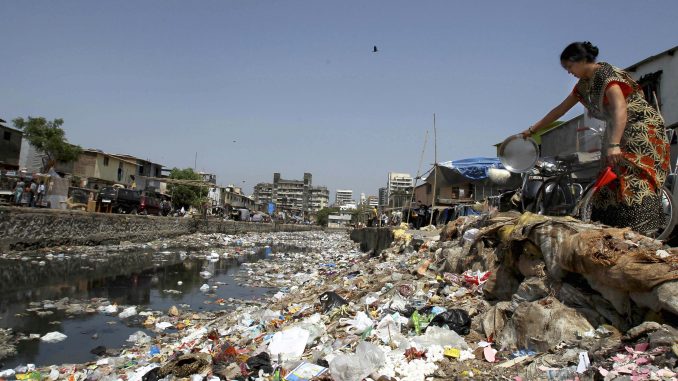
New Delhi : India will need to bring almost 88 square kilometres of area under landfills by 2050 to be able to tackle its burgeoning waste problem, a new report by ASSOCHAM-PwC, found.
Almost half of India’s population will be living in cities by 2050 the volume of waste is likely to grow by 5% every year. Tier I cities which have populations of 0.1 to 5 million will account for 80% of all the waste, according to the report.
It pointed to “improper planning for waste, a complex institutional set-up” and poor capacity for waste management as some of the key reasons why waste management is such a challenge in India.
On June 29, the environment ministry will launch a nationwide initiative that specifically targets personnel involved in waste management in cities that have more than 1 million population, and state capitals. There are 68 such cities and urban agglomerations, and the program will cover almost in the coming year.
“In theory the rules are good, they are practical they can work but the people who need to implement them are spread across the country,” AN Jha, secretary, the ministry of environment, said. “They may not understand it and they may not have the capacity to implement them.”
About 62 million tonnes of waste is produced in urban centres every year, former environment minister Prakash Javadekar when releasing the rules last year. Of this, 5.6 million tonnes is plastic waste and 0.17million tonnes is biomedical waste. India also generated 1.5 million tonnes of electronic waste and 7.9 million tonnes of hazardous waste.
Government data shows that only 80% of waste gets collected and only between 22-28% of it is processed and treated. Waste generation in the country is likely to more than double by 2030.
Source: Hindustan Times

Leave a Reply